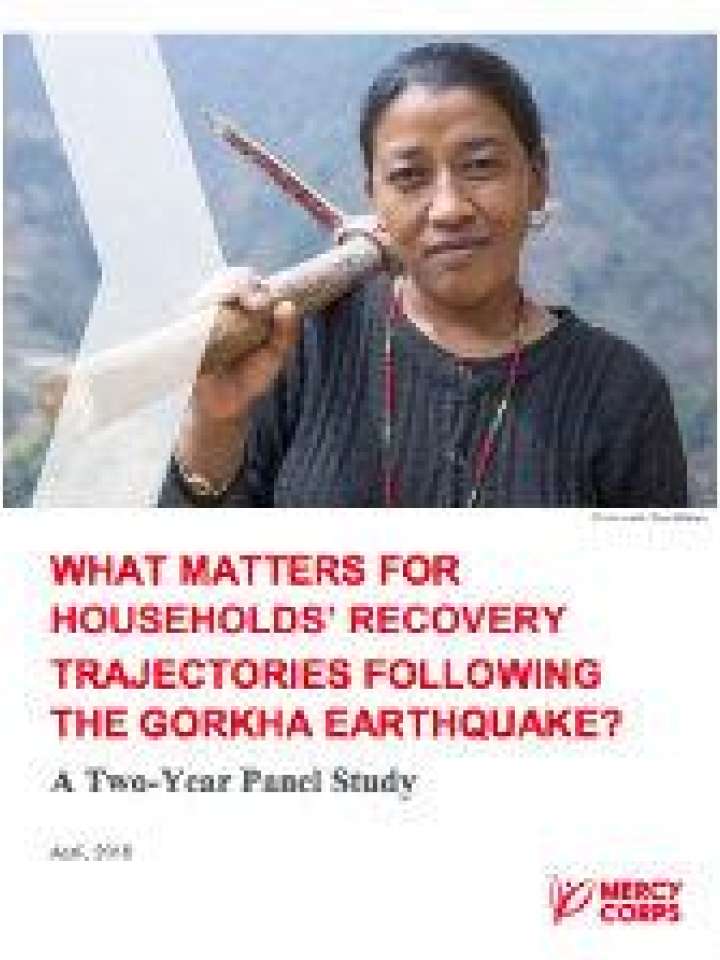What matters for households' recovery trajectories following the Gorkha earthquake? A two-year panel study
To understand what mattered for recovery in the short and long-term, this study followed the same households 10 weeks, one year and two years after the Gorkha earthquake in Nepal. The analysis will explore what factors mattered most for short-term coping and longterm recovery in order to improve humanitarian response and design of recovery programs in the aftermath of acute disasters.
In April 2015, a 7.8 magnitude earthquake struck Nepal, killing over 9,000 people, destroying or badly damaging more than 800,000 homes and displacing approximately 2.8 million people. Where shocks like earthquakes cannot easily be prevented, strengthening the ability to prepare, respond and recover is critical to maintaining development gains in spite of them. In this context, resilience can be thought of as the combination of pre-existing capacities and the responses used to cope and recover in the aftermath. Ultimately, the ability of households to maintain their long-term wellbeing in the face of shocks depends upon the combination of their capacities and how they are used.
